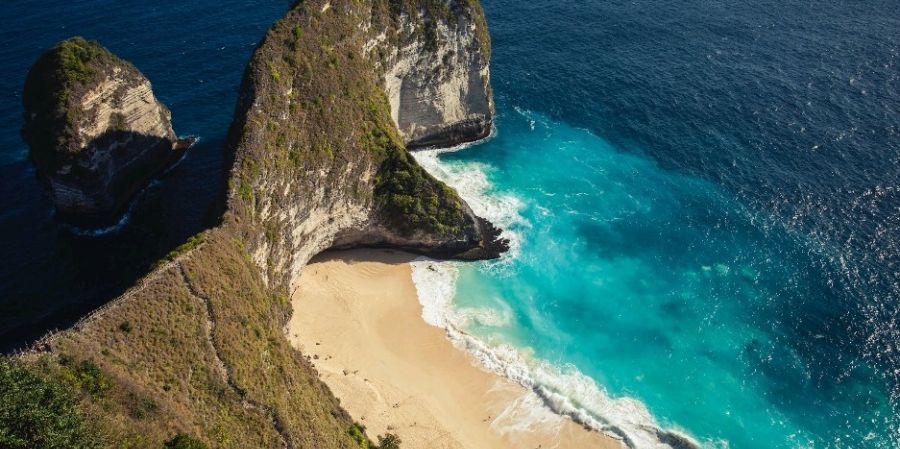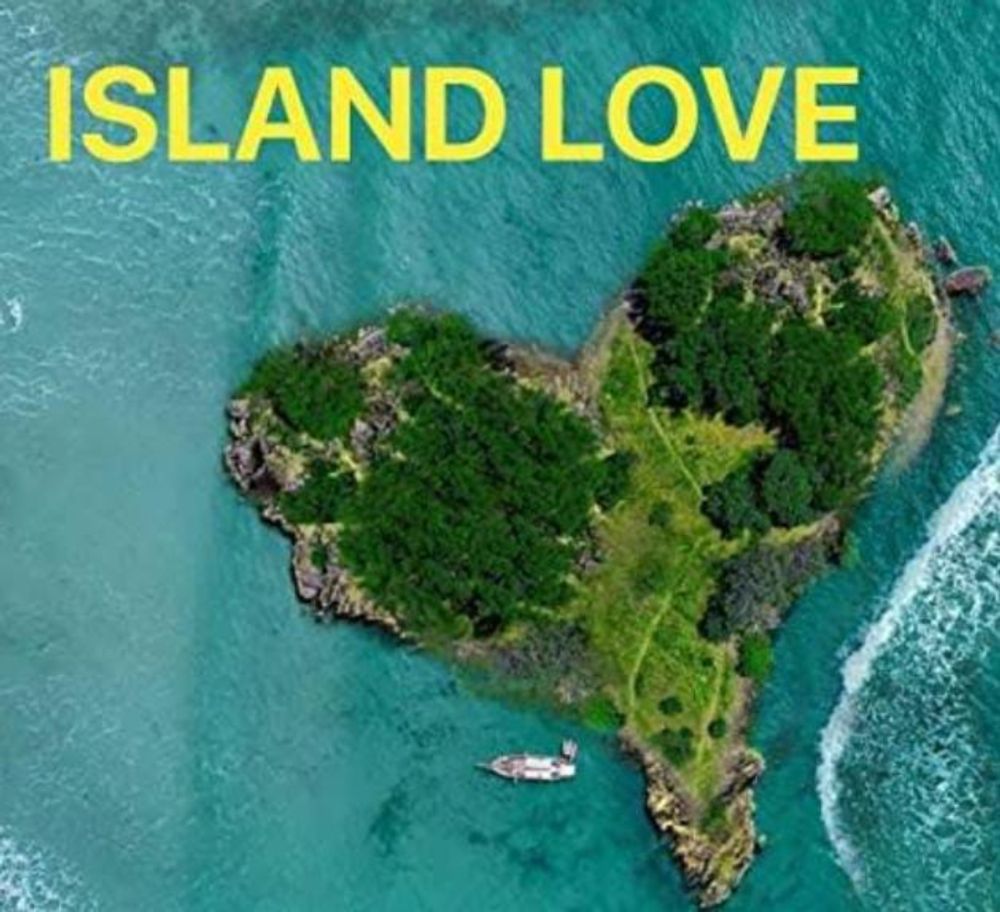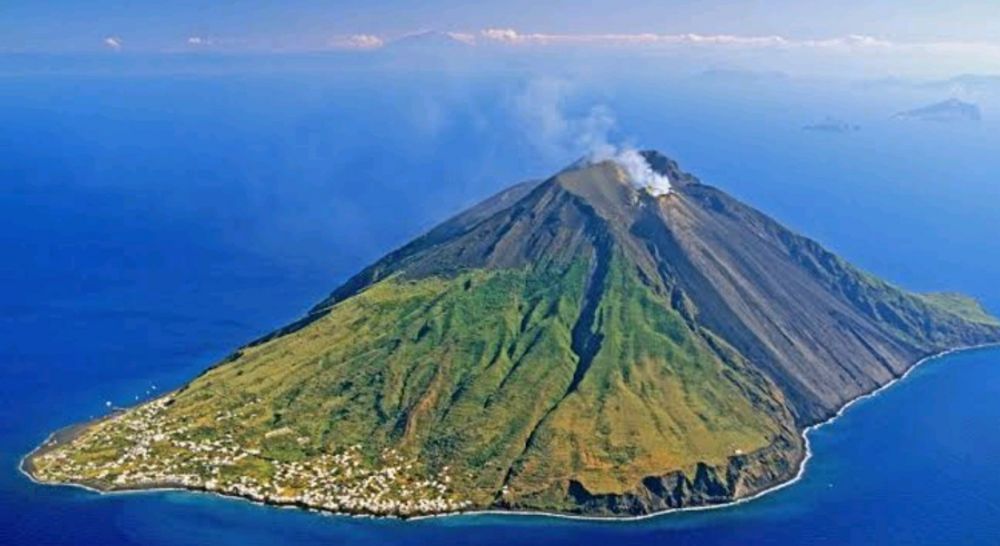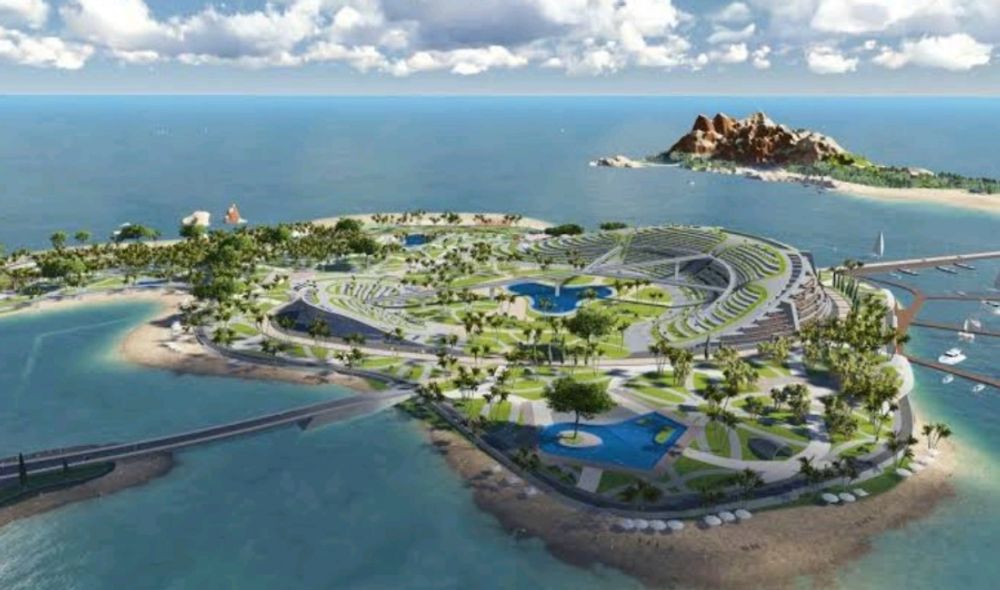

Hope all readers are fine here is my blog about island types quite interesting to read.Let us read
 An island is normally a framed area of land encompassed by water,above water at high tide. Islands are land in the water as well as a series of islands, including tidal ponds and secret reefs.
An island is normally a framed area of land encompassed by water,above water at high tide. Islands are land in the water as well as a series of islands, including tidal ponds and secret reefs.
Impartially consumable food, new water, and a residing place are the fundamental attributes of an appropriate island for human residence. As long as these three fundamental conditions exist, we can consider the island equipped to support human residence.
There are in excess of 50,000 islands on the planet, covering a complete area of around 9.97 million square kilometres, practically the same size as Canada.
Islands can be separated into four classes in light of their starting point: continental islands, volcanic islands coral islands and alluvial islands
The first is a continental island.
 Continental island, which reaches out off the water from the central area to the ocean. The bigger islands on the planet are fundamentally mainland islands. They were shaped because of the ascent of the earth's crust, the sinking of the land, the ascent of the ocean level, and the interruption of seawater, which isolates part of the land from the continental .
Continental island, which reaches out off the water from the central area to the ocean. The bigger islands on the planet are fundamentally mainland islands. They were shaped because of the ascent of the earth's crust, the sinking of the land, the ascent of the ocean level, and the interruption of seawater, which isolates part of the land from the continental .
The second one is volcanic islands.

Volcanic islands are framed by the drawn out ejection of submarine volcanoes, the progressive amassing of magma, and lastly, the outer layer of water. The Hawallan Islands are an illustration of a volcanic island formed by a progression of submarine volcanic emissions.
The third one is Coral Islands.
 Coral is appropriated in tropical seas and, by and large, has nothing to do with the lithology and geographical advancement history of the mainland. This island is comprised of living or dead coral reefs.
Coral is appropriated in tropical seas and, by and large, has nothing to do with the lithology and geographical advancement history of the mainland. This island is comprised of living or dead coral reefs.
The fourth one is Alluvial Island.

Is otherwise called an "affecting island," as their principal part is sand, so they are called a "sand island. Alluvial islands are oceanic land shaped via land stream that conveys residue to the ocean keeping it.These islands are framed by numerous huge waterways on the planet that enter the ocean.
Snake island

Extraordinary islands exist from one side of the planet to the other, for example, snake island off the bank of Brazil is loaded with a wide range of noxious snakes that have thrived since being abandoned there through a land span connecting the central area.
Socotra Island

Socotra Island seems to be an outsider island because of its exceptional, unrivalled regular condition, comprising four islets and two rough islets. It is the primary ocean traffic route from the Indian Ocean to the Red Ocean and east Africa.
Another pivoting island in the West Indies little uninhabited island spotted with swamps gradually turned chart book certain superaltar island is the second biggest coral atoll all around the world with absolute area of 60sqmiles comprising of four separate island.
Monster turtle

The presence of this island has been known to humans for hundreds of years. However, why it stays uninhabited is a secret. Around 150 000 Aldabra monster turtles live on this atoll, and since the island is uninhabited, they don't need to stress over being pursued.
Islands are an intriguing region of the planet's geology, with each kind having its own extraordinary qualities and configuration. The variety of islands, from the littlest to the biggest, and the novel biological system found are remarkable.
With their normal excellence, rich culture, history, and environmental significance, protecting islands is significant.
